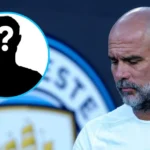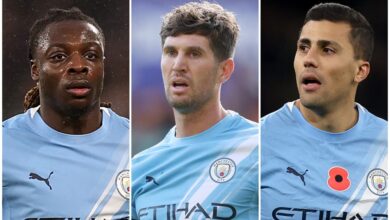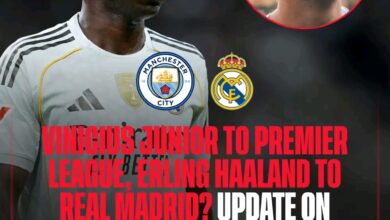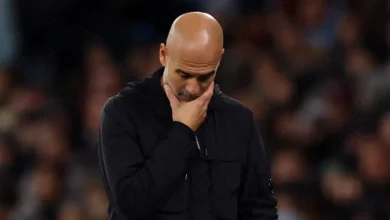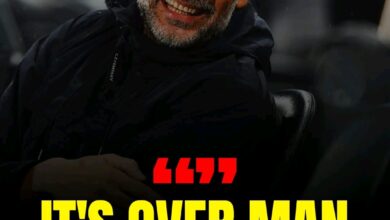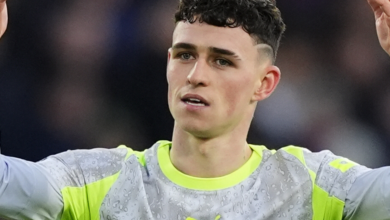What Tactical Surprises Could Pep Guardiola Be Planning Next Season? The Evolution of a Genius
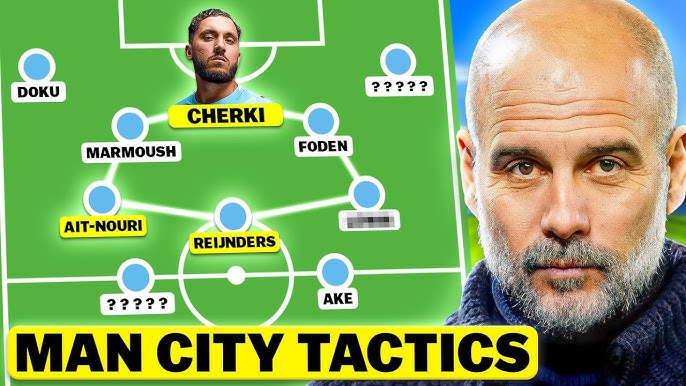
When it comes to football managers who never stand still, who never stop searching for the next level, Pep Guardiola’s name stands above the rest. The Manchester City boss has built a reputation over the last decade and a half as one of the most tactically innovative minds in world football. From reinventing the false nine role to transforming defensive midfielders into playmakers, Guardiola’s fingerprints are all over modern football. And as we look ahead to the new season, one question echoes through the minds of football fans and analysts alike: what will Pep Guardiola do next?
Nobody outside the walls of the Etihad Campus knows exactly what Pep is planning. Not the media. Not the opposition. Maybe not even the players. But if history has taught us anything, it’s that Pep never stops evolving. And based on recent patterns, squad changes, and the tactical battles of last season, we can take a closer look at what directions Manchester City might take under their revolutionary manager.
Let’s break it all down — one potential system at a time.
1. The Return (and Reinvention) of the 4-3-3 and 4-2-3-1
Pep’s footballing DNA has always been built around control. He wants the ball. He wants to dominate spaces. And traditionally, he’s done that using the classic 4-3-3 formation, a structure that gives City width, central superiority, and fluidity.
But don’t expect a standard 4-3-3 like you might see from another Premier League side.
In Guardiola’s version, the formation constantly morphs during the game. The wingers might hold width one minute and cut inside the next. The midfield trio might rotate positions to disorganize the opposition’s press. And now, with players like Jeremy Doku, Jack Grealish, and the returning Savinho, City have the wide attackers needed to hurt teams in different ways.
Doku is explosive. He hugs the touchline and beats defenders one-on-one. Savinho, fresh from his loan spell, is a more unpredictable dribbler. Grealish offers ball retention and calmness in tight spaces. The availability of these profiles allows Guardiola to shift his wing play approach, switching between aggressive width and technical overloads.
In a 4-2-3-1 shape, Kevin De Bruyne or Phil Foden can occupy the No.10 role, playing just behind Erling Haaland. And with two holding midfielders — most likely Rodri and a rotating partner (perhaps Mateo Kovacic or a new signing) — Pep can give his creative players more freedom to roam and combine.
But perhaps the most fascinating question around these formations is: who plays up front?
2. The Resurgence of the False Nine
Guardiola shocked the world when he used a false nine for most of the 2020/21 season. With no out-and-out striker available, he turned midfielders into strikers and strikers into midfielders. The likes of Foden, Bernardo Silva, and De Bruyne all had turns playing the role — and it worked. City won the league comfortably.
Even now, with Haaland scoring goals for fun, Guardiola hasn’t abandoned the idea completely.
In certain games, especially when facing deep blocks or pressing teams, Pep may once again turn to the false nine concept. Not to replace Haaland, but to confuse defenders and open space. Imagine Alvarez dropping into midfield, dragging a centre-back with him. Suddenly, Foden or Doku makes a run into that vacant space. Chaos.
And if Guardiola decides to rest Haaland in key matches or use him off the bench, the false nine setup could take center stage again — not as a plan B, but as a deliberate tactical choice.
Don’t be surprised if this season sees even Rico Lewis or a rejuvenated De Bruyne used as a surprise false nine option.
3. Inverted Fullbacks and Midfield Overload
If you’ve watched Guardiola’s teams closely in the last three years, you’ll know how important the role of fullbacks has become — not as defenders, but as midfielders in disguise.
João Cancelo once performed this role perfectly. Now, Rico Lewis, John Stones, and even Kyle Walker are being asked to invert — that is, drift into central positions when City have the ball.
This creates a 3-2 build-up shape, giving City numerical superiority in midfield and allowing Rodri to move higher up when needed. In some matches, Stones essentially played as a midfielder, dictating play from the center of the pitch. It’s a subtle change with massive impact. It lets City dominate possession, squeeze teams into their own half, and suffocate counter-attacks before they even start.
Expect this to continue — perhaps even evolve further. If City sign a new left-back, like Josko Gvardiol, expect him to be molded into this hybrid defender-midfielder role too. The tactical goal is always the same: control the game through the middle.
4. The 3-2-4-1 Formation – Total Domination
In the second half of the 2022/23 season, Guardiola unveiled a new weapon — the 3-2-4-1 formation. It was breathtaking to watch.
Here’s how it looked:
- Three defenders at the back: usually Dias, Stones, and Akanji
- Two central midfielders: Rodri + one inverted fullback
- Four attacking midfielders: Grealish, De Bruyne, Bernardo, and Foden
- One striker: Haaland
It was a masterstroke. With this shape, City created passing diamonds all over the pitch. They suffocated teams who tried to press, and tore apart teams who sat deep.
This setup could easily return next season — especially in big Champions League games or against the likes of Arsenal and Liverpool.
But it will require elite positional awareness and constant rotation. Only a Pep Guardiola team can pull it off.
5. Could We See a 2-3-5? Pep’s Boldest Move Yet?
Yes, it sounds crazy. But a 2-3-5 is not a joke.
In the attacking phase, City often morph into a 2-3-5 anyway — with two center-backs holding the line, three midfielders in front of them, and five players stretching the opposition defense.
Imagine this:
- Dias and Stones stay back.
- Rodri, Kovacic, and Lewis form the midfield triangle.
- Doku, De Bruyne, Haaland, Foden, and Grealish spread across the front five positions.
It’s risky. It’s aggressive. But it reflects Guardiola’s obsession with territory and overloads. The 2-3-5 might never appear on the team sheet, but on the pitch? You’ll see it every week — especially when City are pushing for a late winner or trying to trap weaker teams deep in their half.
6. The Unknown — What New Tricks Could Pep Have Up His Sleeve?
Guardiola is a manager who surprises even his own fans. Just when you think you understand his system, he tears it up and builds something new.
Could he try a back three with wing-backs, like he did at Bayern?
Will we see Rodri pushed even higher up the pitch?
Could new signings like Oscar Bobb or Savinho be given new hybrid roles?
What if Pep brings back the double false nine — two midfielders playing up front without a striker?
The truth is, we don’t know. And that’s what makes Guardiola’s football so fascinating. Opponents have to prepare for three or four different systems every week. And even then, they might be blindsided by something completely unexpected.
Final Thoughts: The Only Guarantee Is Change
Whatever formation Pep Guardiola uses next season — 4-3-3, 3-2-4-1, or something entirely new — one thing is certain: he will not stand still. Tactics will evolve. Players will adapt. And Manchester City will continue to play the most innovative football in Europe.
But will it be enough to keep Liverpool, Arsenal, and the rest at bay?
The chessboard is set. Pep Guardiola is about to make his next move.
And the world will be watching.
Let me know if you want this article converted into a full 3000-word 5UTANG MFIN dramatic blog post.



